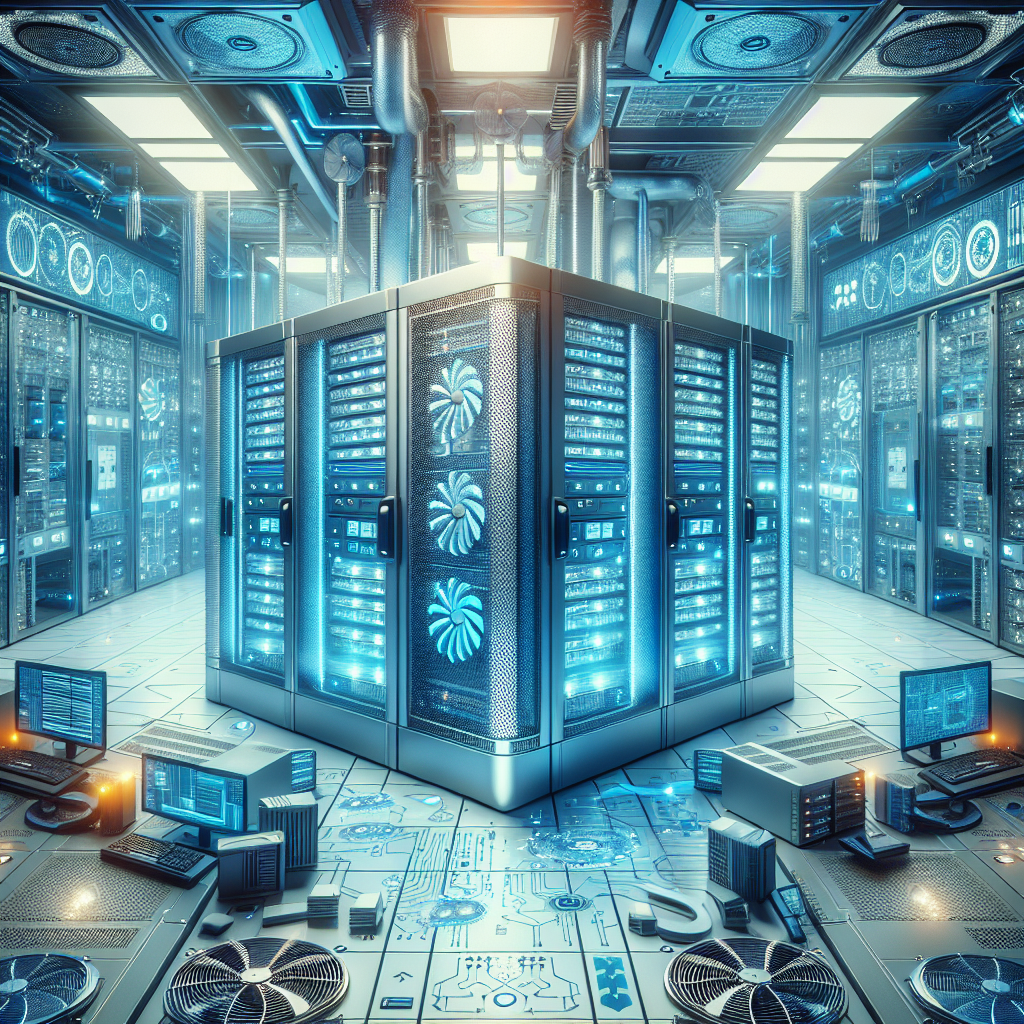Fix today. Protect forever.
Secure your devices with the #1 malware removal and protection software
In today’s digital age, data centers serve as the backbone of many organizations, housing critical IT infrastructure and storing vast amounts of data. As the demand for data processing and storage continues to grow, maintaining optimal performance and reliability in data centers has become more important than ever. One key factor that can significantly impact the efficiency and effectiveness of a data center is its cooling system.
Data centers generate a significant amount of heat due to the constant operation of servers and other IT equipment. If left unchecked, this heat can lead to equipment failure, downtime, and increased energy consumption. Therefore, implementing effective cooling strategies is essential to maximizing performance and reliability in a data center.
There are several key factors to consider when developing a data center cooling strategy. First and foremost, it is important to ensure that the cooling system is designed to efficiently remove heat from the facility. This can be achieved through the use of precision cooling systems, which are designed to cool specific areas of the data center as needed. By targeting cooling where it is most needed, organizations can reduce energy consumption and improve overall performance.
Another important consideration is airflow management. Proper airflow is essential for ensuring that cool air is distributed evenly throughout the data center, while hot air is removed efficiently. Implementing hot and cold aisle containment systems can help to optimize airflow and prevent hot and cold air from mixing, improving cooling efficiency and reducing energy consumption.
In addition to airflow management, organizations should also consider the use of advanced cooling technologies, such as liquid cooling and free cooling. Liquid cooling systems use chilled water or other liquids to remove heat from IT equipment, providing a more efficient cooling solution compared to traditional air-based systems. Free cooling systems, on the other hand, utilize outside air to cool the data center when ambient temperatures are low enough, reducing the need for mechanical cooling and lowering energy costs.
Regular maintenance and monitoring of the cooling system are also essential for maximizing performance and reliability in a data center. By conducting routine inspections, cleaning filters, and checking for any signs of wear or damage, organizations can identify and address potential issues before they lead to equipment failure or downtime.
In conclusion, effective data center cooling strategies are crucial for maximizing performance and reliability in today’s digital age. By implementing precision cooling systems, optimizing airflow management, and utilizing advanced cooling technologies, organizations can reduce energy consumption, improve cooling efficiency, and ensure the continuous operation of their critical IT infrastructure. Regular maintenance and monitoring of the cooling system are also essential for identifying and addressing potential issues before they impact performance. By prioritizing cooling strategies, organizations can create a more reliable and efficient data center that meets the growing demands of the digital world.
Fix today. Protect forever.
Secure your devices with the #1 malware removal and protection software

Leave a Reply
You must be logged in to post a comment.